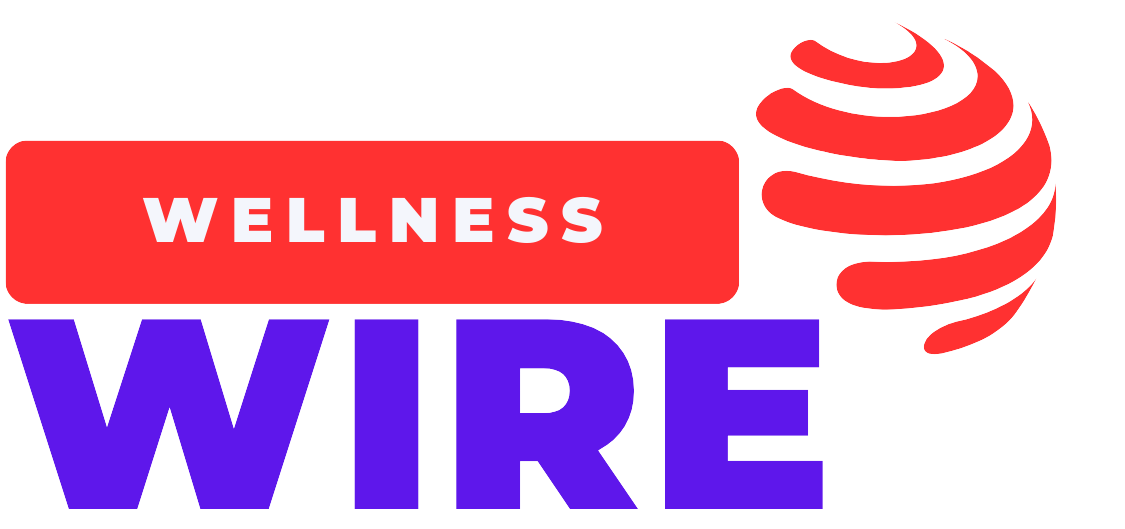“Buy Once, Cry Once”: Why Investing in Quality Saves You Money (and Regret) in the Long Run
Why buy cheap when you’ll replace it soon? Discover the ‘Buy Once, Cry Once’ mentality—spend smart, buy quality, and save money long-term.

Ever bought a cheap gadget, tool, or piece of clothing, only for it to break in a few months? You think you saved money—until you have to replace it again and again. This cycle of buying cheap, replacing often, and spending more over time is exactly what the ‘Buy Once, Cry Once’ mentality aims to break.
The idea is simple: spend more upfront on a high-quality product, so you don’t have to keep replacing it. While the initial cost might sting, the long-term benefits—durability, performance, and savings—far outweigh the price tag.
But does this philosophy actually work in today’s world of fast fashion, planned obsolescence, and mass-produced goods? Let’s dive into why the ‘Buy Once, Cry Once’ approach is a game-changer for smart consumers and how you can apply it to your everyday purchases.
What Is the ‘Buy Once, Cry Once’ Mentality?
The phrase ‘Buy Once, Cry Once’ comes from military and survivalist communities, where cheap gear can mean the difference between life and death. Over time, it has become a guiding principle for anyone who values quality, longevity, and cost-effectiveness.
The Core Idea
- Spending more upfront on premium products that last decades rather than months.
- Avoiding cheaply made alternatives that break, malfunction, or wear out quickly.
- Saving money in the long run by eliminating frequent replacements.
Rather than chasing short-term savings, this mindset prioritizes long-term value.
Why Cheap Products Cost You More in the Long Run
Many people opt for cheaper alternatives because they seem like a good deal. But over time, cheap products lead to:
1. Frequent Replacements = More Spending
Buying three $50 pairs of shoes over five years is more expensive than one $120 high-quality pair that lasts just as long (or longer).
Example:
- Cheap Alternative: Buying a $30 non-stick pan that warps and loses coating in a year.
- High-Quality Option: Investing in a $120 stainless steel or cast iron pan that lasts a lifetime.
2. Poor Performance and Frustration
Cheap tools, appliances, and gadgets often lead to malfunctions, wasted time, and frustration.
Example:
- A cheap vacuum cleaner might struggle to pick up dirt and break within a year.
- A high-end vacuum (like a Dyson or Miele) will clean better and last over a decade.
3. Environmental Waste
Mass-produced, low-quality products contribute to landfills, pollution, and resource depletion.
Example:
- Fast fashion brands churn out low-cost, trendy clothing that lasts only a few washes.
- Sustainable brands create durable, timeless pieces that last years, not months.
4. Hidden Costs of Cheap Products
Low-cost items often come with hidden expenses:
- Repairs and maintenance costs
- Lower resale value
- Health and safety risks (e.g., toxic chemicals in cheap cookware or unsafe furniture)
A higher upfront investment often pays for itself in durability and peace of mind.
Where the ‘Buy Once, Cry Once’ Mentality Pays Off
1. Clothing and Footwear
Cheap clothes fall apart, shrink, or fade after a few washes. Well-made garments (from brands like Patagonia, Red Wing, or Woolrich) last years or even decades.
Best Buy Once, Cry Once Items:
- Leather boots (Red Wing, Danner)
- Wool coats (Filson, Pendleton)
- High-quality denim (Raw selvedge jeans)
2. Kitchenware and Cookware
Cheap non-stick pans warp and degrade, while cast iron, carbon steel, or stainless steel cookware lasts a lifetime.
Best Buy Once, Cry Once Items:
- Cast iron skillet (Lodge, Le Creuset)
- Stainless steel cookware (All-Clad, Made In)
- Chef’s knife (Wüsthof, Shun, Victorinox)
3. Tools and Equipment
Cheap tools break, rust, or perform poorly, while premium tools last generations.
Best Buy Once, Cry Once Items:
- Power tools (Makita, Milwaukee, Bosch)
- Hand tools (Snap-On, Klein, Wera)
- Flashlights (SureFire, Fenix)
4. Electronics and Appliances
Buying cheap laptops, headphones, or blenders often means poor performance and constant replacements.
Best Buy Once, Cry Once Items:
- Laptops (Apple MacBook, Lenovo ThinkPad)
- Headphones (Sony, Bose, Sennheiser)
- Kitchen appliances (Vitamix, KitchenAid)
5. Travel Gear and Luggage
A cheap suitcase breaking at the airport is a nightmare—invest in quality.
Best Buy Once, Cry Once Items:
- Luggage (Briggs & Riley, Rimowa)
- Backpacks (GORUCK, Osprey, Mystery Ranch)
How to Adopt the ‘Buy Once, Cry Once’ Mindset
- Identify High-Use Items – Invest in quality for things you use daily or frequently.
- Research and Compare – Look for brand reputation, warranty, and materials.
- Calculate Cost Per Use – A $200 item that lasts 10 years is cheaper than a $50 item that lasts a year.
- Consider Resale Value – High-quality items retain value (e.g., luxury watches, leather boots).
- Buy Timeless, Not Trendy – Avoid fast fashion and gimmicky gadgets.
Final Verdict: Is ‘Buy Once, Cry Once’ Worth It?
- YES for high-use essentials: Clothing, tools, electronics, cookware.
- YES for durability and performance: If an item is mission-critical, buy quality.
- YES for long-term savings: Well-made products pay for themselves over time.
- NO for disposable or rarely used items: Sometimes, cheap makes sense (e.g., holiday decor, trendy accessories).
The bottom line? Smart spending isn’t about buying cheap—it’s about buying smart. The ‘Buy Once, Cry Once’ philosophy isn’t just about products—it’s about valuing quality over convenience and thinking long-term.
Next time you’re about to buy something, ask yourself: Will this last, or will I regret it in a year?
What's Your Reaction?
 Like
0
Like
0
 Dislike
0
Dislike
0
 Love
0
Love
0
 Funny
0
Funny
0
 Angry
0
Angry
0
 Sad
0
Sad
0
 Wow
0
Wow
0



















































